Advantages Of Precious Metal Catalysts
Introduction
Catalysts are essential components in many industrial processes, from fuel cell refining to pharmaceutical manufacturing. Conventional catalysts have been used for many years; however, precious metal catalysts are increasingly applied due to their increased catalytic activity, improved selectivity and greater stability. In this article we discuss the advantages of using precious metal catalysts instead of conventional catalysts. We expect that you will gain a clearer understanding of the properties and application of precious metal catalysts.
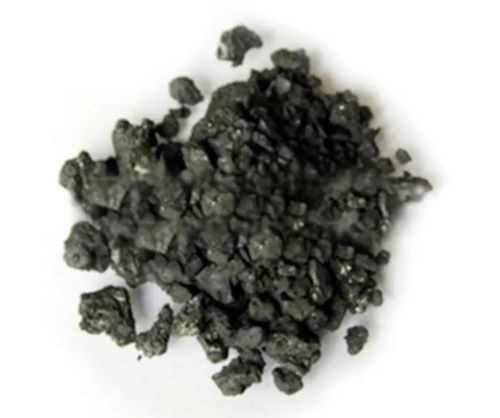
Figure 1. Precious Metal Catalysts
What Are Precious Metal Catalysts?
Precious metal catalysts are advanced catalysts made from gold, silver, platinum, ruthenium, palladium, rhodium and other precious metals. They accelerate chemical reactions without being consumed. The catalysts increase reaction rates or lower the reaction temperature, thereby expediting processes while their quantity and chemical properties remain unchanged.
Given these properties, precious metal catalysts are used in refining, polymer production, pharmaceutical applications and chemical manufacturing. For example, platinum group metals have been employed in the production of sulphuric acid and nitric acid for several hundred years. They are also used in hydrogenation and polymerisation. With progress in science and technology, platinum group metals have become an ideal material in the automotive industry. Large quantities of platinum and rhodium are used to treat vehicle exhaust emissions.
Advantages of Precious Metal Catalysts
- Increased Catalytic Activity
The primary feature of precious metal catalysts is their increased catalytic activity, allowing them to accelerate chemical reactions more efficiently. This can result in faster production rates and increased product yield.
The interaction between nanoscale precious metal particles and their support alters the geometric structure and surface electron density, thereby accelerating the reaction and increasing catalytic performance.
-- Improved Selectivity
Precious metal catalysts can catalyse specific reactions selectively, thereby reducing unwanted by-products and increasing the purity of the final product. For instance, in the hydrogenation of phenol, the palladium (Pd) catalyst is used to produce cyclohexanone. Similarly, the platinum (Pt) catalyst is employed for the production of cyclohexane, while ruthenium (Ru) accelerates the selective production of cyclohexanol.
- High Thermal Stability
The melting points of precious metals are higher than those of non-precious metals. Consequently, these catalysts can withstand elevated temperatures, high pressures and corrosive environments without decomposing or losing catalytic activity. They efficiently accelerate hydrogenation and oxidation reactions even under severe conditions.
They are used in the automotive industry for exhaust treatment. Catalyst systems in vehicles often operate at ambient temperatures above 800 °C. Under such conditions many materials decompose or lose their catalytic activity, whereas precious metals maintain their catalytic properties.
- Chemical Inertness
Precious metals do not readily take part in chemical reactions under ordinary conditions. Their stable properties prevent oxidation at room temperature and they do not ignite spontaneously at high temperatures. Their corrosion resistance makes them easier to store than some conventional metal catalysts.
Conventional catalysts such as aluminium oxidise readily and convert to aluminium oxide when exposed to air.
- Additional Advantages
- Longevity
Precious metal catalysts are more durable than conventional catalysts, resulting in longer lifetimes and less frequent replacement. This reduces overall costs and improves process efficiency.
- Versatility
Precious metal catalysts are applicable in a variety of chemical reactions, including oxidation, reduction, hydrogenation and dehydrogenation. They are used in both laboratory experiments and industrial plants.
- Sustainability
Precious metal catalysts can be recycled and reused, thereby reducing waste and minimising the need for new catalysts. In addition, they can often be produced from recycled materials, which reduces their environmental impact.
Conclusion
In summary, precious metal catalysts offer several advantages over conventional catalysts. They exhibit increased catalytic activity, improved selectivity, greater thermal stability, longevity, versatility and sustainability. Consequently, they are used in many industrial applications. Their employment may reduce processing time, lower costs and decrease environmental impacts. Stanford Advanced Materials (SAM) is a reliable supplier of quality precious metal catalysts at competitive prices. Please visit our website for further information.

 Bars
Bars
 Beads & Spheres
Beads & Spheres
 Bolts & Nuts
Bolts & Nuts
 Crucibles
Crucibles
 Discs
Discs
 Fibers & Fabrics
Fibers & Fabrics
 Films
Films
 Flake
Flake
 Foams
Foams
 Foil
Foil
 Granules
Granules
 Honeycombs
Honeycombs
 Ink
Ink
 Laminate
Laminate
 Lumps
Lumps
 Meshes
Meshes
 Metallised Film
Metallised Film
 Plate
Plate
 Powders
Powders
 Rod
Rod
 Sheets
Sheets
 Single Crystals
Single Crystals
 Sputtering Target
Sputtering Target
 Tubes
Tubes
 Washer
Washer
 Wires
Wires
 Converters & Calculators
Converters & Calculators
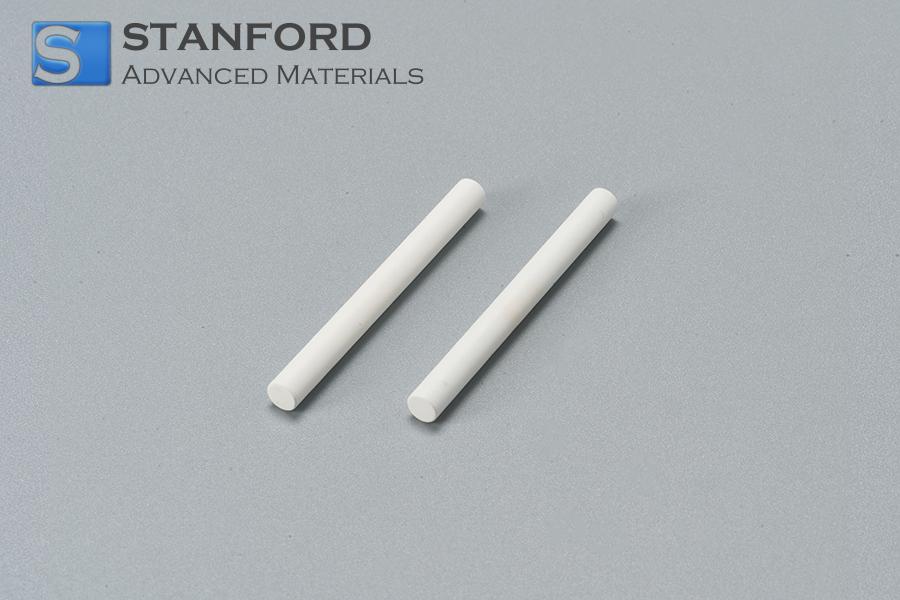
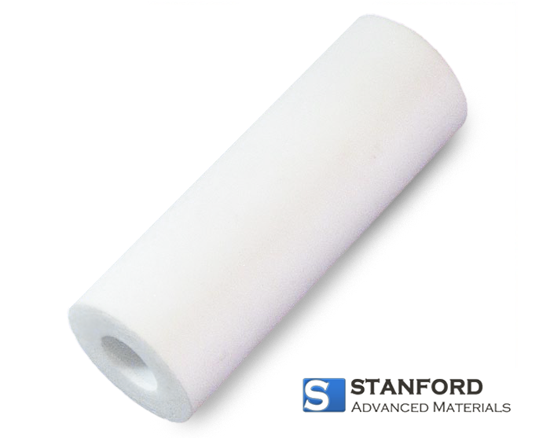
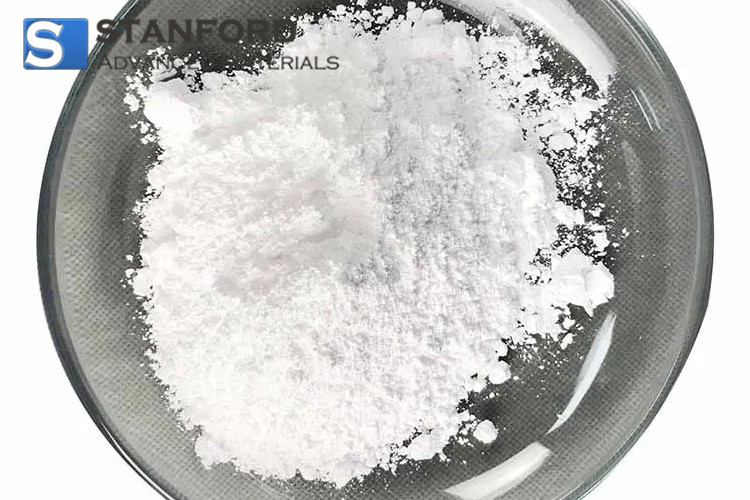
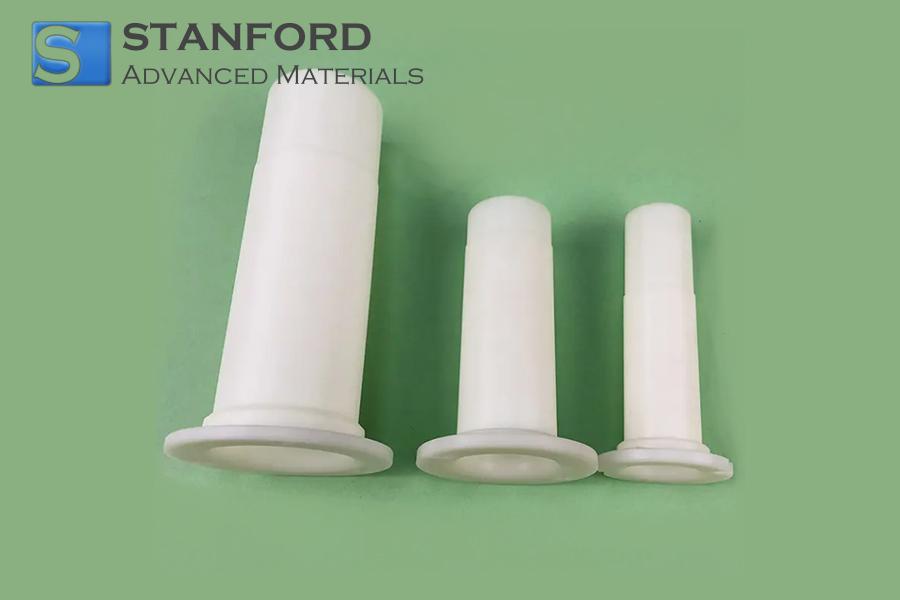
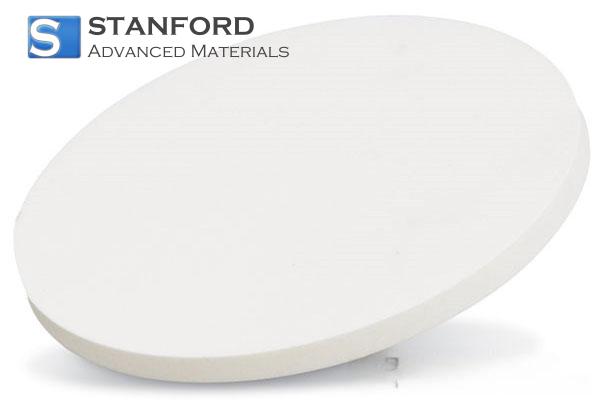
 Chin Trento
Chin Trento



